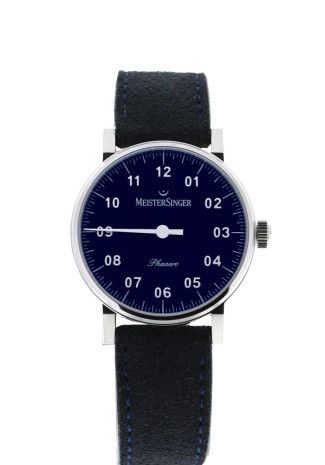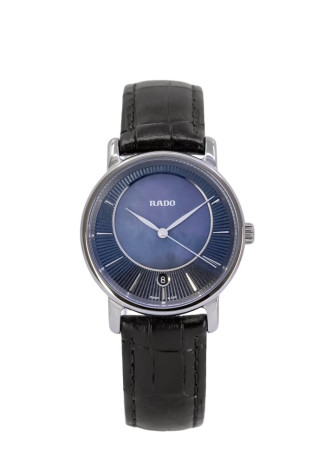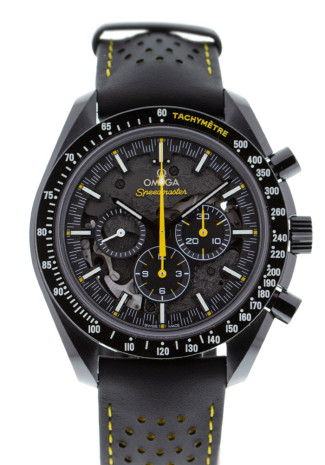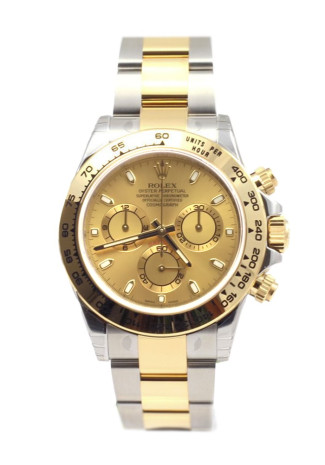The term ‘in-house movement’ is a popular term that brands like to throw around with pride. It might be the ultimate marketing buzzword, brands wear it as a badge of honor. Does this term carry any weight, or is this also just some marketing lingo?
Today, we are going to have a deeper look at the difference between in-house movements and off the shelf movements.

What’s The Difference?
Let’s start easy: an in-house movement is a movement that a brand has developed and manufactured purely for their own use. They own this unique movement and all the rights it comes with. They are the only ones who have the legal right to produce and sell watches with this particular movement.
Off the shelf movements are movements that are produced and supplied by third party movement manufacturers. Think of brands like ETA, Sellita and Miyota. These brands only develop, produce and sell the movements, and have nothing to do with the design process of any watch brand.
Let’s ask the big question: is an in-house movement always better than an off the shelf movement? No
Is an off the shelf movement always better than an in-house movement? Also no.
Why Do Brands Do It?
For some brands, it’s all about prestige. For others, it’s about the art of developing more efficient timekeeping or better complications.
Producing your own movement is incredibly expensive and complex. Not every brand thinks it’s worth the effort to spend millions on creating a new movement. Often, brands start with an off the shelf movement, and start developing their own movements once they have the funds to do so. Even a giant like Rolex has used movements from Valjoux and Zenith for the Daytona’s for many years before perfecting their own in-house chronograph movement.
Having your own movement is what makes a brand or model unique. It also makes it much harder for third party watchmakers to service the watch, since all spare parts are custom made.
Brands like Lange & Söhne, Patek Philippe and Vacheron Constantin (and of course many others) take it a step further and use their resources to develop new and better complications to test the limits of watchmaking. These highly complicated works of art usually cost more than the average house, but they push the industry to new levels of craftsmanship.
Know Your Strengths And Weaknesses
It’s also essential for a brand to know where your strengths are. A recent example is the cooperation between Breitling and Tudor.
Breitling has a very reliable in-house chronograph movement that has been on top of its game for over 10 years, the B01. Tudor has an extremely reliable and robust three-hand in-house movement. Tudor and Breitling came to an agreement in 2017 to swap movements: Breitling got to use Tudor’s movement (with slight adjustments) for the Superocean Heritage 2, and Tudor had the permission to use Breitling’s chronograph movement for the Black Bay Chrono. This saved both brands millions in development costs, and insured them that they could both work with extremely reliable and prestigious movements.






